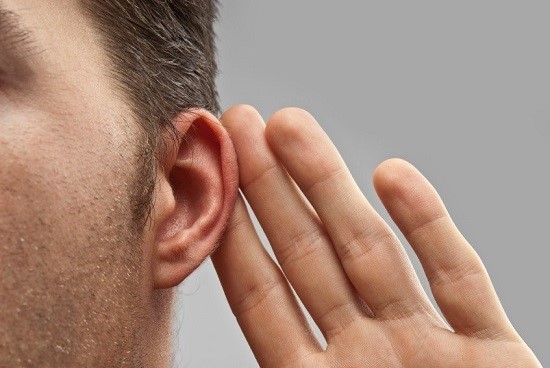
To state that hearing loss is prevalent is a bit of an understatement. In the US, 48 million individuals report some measure of hearing loss. That means, on average, for every five people you encounter, one will have hearing loss. And at the age of 65, it’s one out of three.
With odds like this, how can you prevent becoming one of those five?
To help you understand how to preserve healthy hearing all through your life, we’ll take a closer look at the causes and types of hearing loss in this week’s blog post.
How Healthy Hearing Works
Hearing loss is the disturbance of normal hearing, so a good place to start off is with an understanding of how normal hearing is supposed to work.
You can picture normal hearing as consisting of three primary processes:
- The physical and mechanical transmission of sound waves. Sound waves are created in the environment and move through the air, like ripples in a pond, ultimately making their way to the external ear, through the ear canal, and finally hitting the eardrum. The vibrations from the eardrum are subsequently transmitted to the middle ear bones, which then excite the tiny nerve cells of the cochlea, the snail-shaped organ of the inner ear.
- The electrical transmission from the inner ear to the brain. The cochlea, once activated, translates the vibrations into electrical impulses that are transmitted to the brain via the auditory nerve.
- The perception of sound within the brain. The brain perceives the electrochemical signal as sound.
What’s interesting is that what we perceive as sound is nothing more than sound waves, oscillations, electricity, and chemical reactions. It’s a wholly physical process that leads to the emergence of perception.
The Three Ways Normal Hearing Can Go Wrong
There are three principal types of hearing loss, each interfering with some element of the normal hearing process:
- Conductive hearing loss
- Sensorineural hearing loss
- Mixed hearing loss (a mixture of conductive and sensorineural)
Let’s take a closer look at the first two, including the causes and treatment of each.
Conductive Hearing Loss
Conductive hearing loss impedes the physical and mechanical conduction of sound waves to the inner ear and cochlea. This is a consequence of anything that hinders conduction.
Examples include malformations of the outer ear, foreign objects inside of the ear canal, fluid from ear infections, pierced eardrums, impacted earwax, and benign tumors, among other causes.
Treatment of conductive hearing loss includes the removal of the obstruction, treating the infection, or surgical correction of the malformation of the outer ear, the eardrum, or the middle ear bones.
If you suffer from conductive hearing loss, for example from impacted earwax, you could start hearing better instantly following a professional cleaning. With the omission of the more severe types of conductive hearing loss, this type can be the simplest to treat and can bring back normal hearing completely.
Sensorineural Hearing Loss
Sensorineural hearing loss inhibits the electrical conduction of sound from the inner ear to the brain. This results from deterioration to either the nerve cells within the cochlea or to the auditory nerve itself.
With sensorineural hearing loss, the brain receives compromised electrical signals, decreasing the volume and clarity of sound.
The main causes of sensorineural hearing loss are:
- Genetic syndromes or fetal infections
- Normal aging (presbycusis)
- Infections and traumatic injuries
- Meniere’s disease
- Cancerous growths of the inner ear
- Side effects of medication
- Abrupt exposure to extremely loud sounds
- Long-term exposure to loud sounds
Sensorineural hearing loss is most commonly connected with direct exposure to loud sounds, and so can be prevented by staying clear of those sounds or by safeguarding your hearing with earplugs.
This type of hearing loss is a bit more difficult to treat. There are no current surgical or medical procedures to heal the nerve cells of the inner ear. However, hearing aids and cochlear implants are extremely effective at taking over the amplification duties of the nerve cells, leading to the perception of louder, crisper sound.
The third type of hearing loss, mixed hearing loss, is basically some combination of conductive and sensorineural hearing loss, and is treated accordingly.
If you have any difficulties hearing, or if you have any ear discomfort or lightheadedness, it’s best to pay a visit to your doctor or hearing professional right away. In nearly every case of hearing loss, you’ll get the greatest results the earlier you treat the underlying issue.
